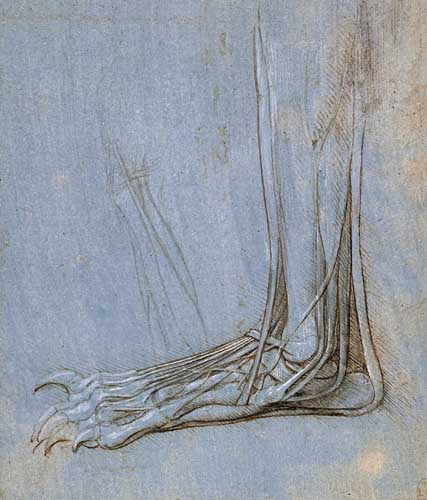It took quite a while to learn how to operate the machine and what to do with it. Thankfully I received a lot of assistance to get the thing started. The machine was light and jerky. It would go like mad and crash hard. But it was too weak, soft and slow to suffer much damage.
 Then the machine became less frantic. It operated in constant motion until being forced to settle and reboot. The machine was pliable, elastic, and still quite limited in the ability to effect its environment. But then it experienced a sudden level up, becoming strong and fast and adaptable. The machine was springy and respected few limits in itself and surroundings.
Then the machine became less frantic. It operated in constant motion until being forced to settle and reboot. The machine was pliable, elastic, and still quite limited in the ability to effect its environment. But then it experienced a sudden level up, becoming strong and fast and adaptable. The machine was springy and respected few limits in itself and surroundings.
With this longer duration of use and increased potential for drive, greater force and speed, came more potential for strain on the components. Recovery and repair was usually quick and seamless. When given insufficient manner or time for proper repair, the machine quickly adjusted to operate around the damage.
The machine had an amazing system of resiliency and redundancy. If one component suffered trauma or began to fail under stress, the workload was shifted to other components. Where one piece was locked or weakened, another piece grew more mobile or stronger. The machine became even more powerful but with less degrees of freedom.
At present, the machine operates in these altered pathways, until one day those pathways also begin to suffer strain. Interlocking components will begin to fray or wear thin. The Machine will become stiff and slow. In time, gravity overwhelms the stacked segments. Those that angle front-ways will begin to fall forward and those that lean away will buckle backward.
The Machine will eventually accumulate rust, with gnashing together of materials that were not designed to withstand friction and compression. Now days, mechanics attempt to tweak and revise the patterns in which the machine operates. This can provide additional miles and hours of operation, but everything has it's limits. The machine may undergo a process of replacing dysfunctional segments. The new segments move better, but they never work as well as the original pieces. They too eventually wear down, lasting less than a fourth of the duration of the original components.
The Machines CPU usually declines at a slower rate than the mechanical pieces. In time, the machine will be less concerned with speed and strength or changing its environment and more with maintaining independent function. The machine usually falls into more of an advisory role.
It turns out that the CPU and the mechanical pieces rely on each other far more than previously thought. As one wanes, so goes the other. It's always sad to see or experience the decline and eventual cessation of function. But name any other machine with the capacity to last 70 to 100 years.
...for dust you are, and to dust you shall return.
No comments:
Post a Comment